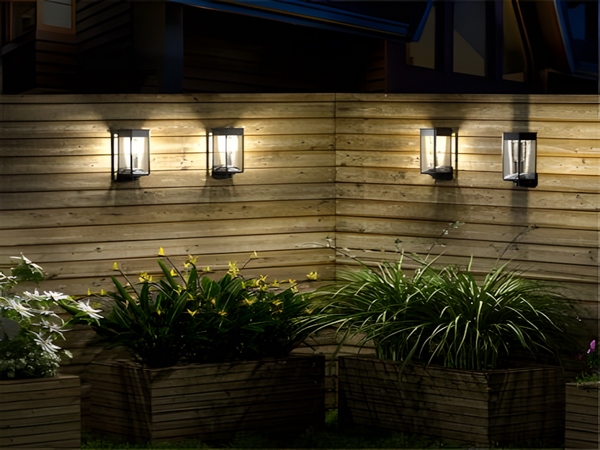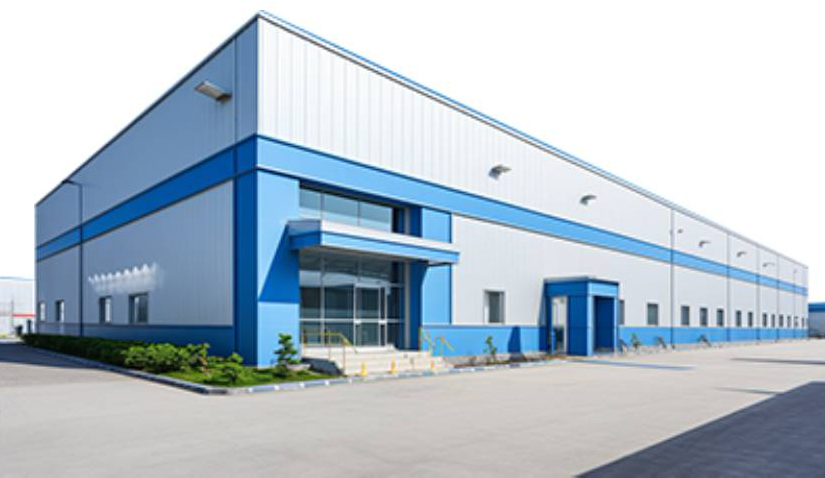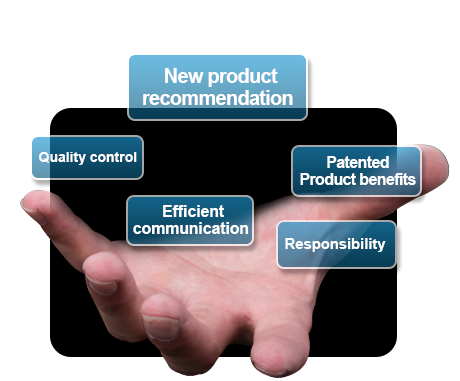Today, governments around the world advocate for energy-saving renovations by replacing traditional street lights with LED solar street lights, deepening the implementation in urban, rural, and tourist areas. This future enhancement aims to further improve the energy savings by 10-20% on top of the original energy-efficient LED technology, accelerating the popularity of LED solar street light installations. However, this proliferation has not met expectations, particularly this year, as the advancement of LED solar street lights has slowed down. This is largely due to objective factors such as governmental transitions and anti-corruption efforts, as well as constraints related to LED solar street light production technology and pricing.
Currently, road lighting still includes high-pressure sodium lamps. LED solar street light sources have not yet been able to replace them. From a technical standpoint, LEDs outperform high-pressure sodium lamps in terms of overall luminous efficiency. LED street lights can achieve luminous efficiencies of over 100lm/W, while high-pressure sodium lamps, including lamps and ballasts, can only reach about 60 to 70lm/W. LED technology clearly exceeds that of high-pressure sodium lamps, and in terms of cost, LED solutions are comparably priced. LED street lights are not inferior to high-pressure sodium lamps, but their popularization still requires time. This can be addressed from three main aspects:
1. The luminous efficiency of LED street lights is higher than that of high-pressure sodium lamps, which is purely a technical consideration. Currently, the LED industry is still in its developmental stage. Many LED solar street light manufacturers have not yet reached the production technology levels of previous stages, leading to misunderstandings about LED solar street lights. Educating people to recognize and accept the benefits of LED solar street lights takes time.

2. There is a standardization issue. Traditional high-pressure sodium lamps consist of three easily replaceable components: the bulb, ballast, and lamp housing. The bulb is the most vulnerable part, typically lasting 1-2 years. Even if it fails, it is very easy to replace because it is a standardized product, and bulbs from any manufacturer can be used.
3. As the era of LEDs accelerates, companies are increasingly realizing the importance of product quality. The strategy of selling at low prices is becoming ineffective. Only by continuously pursuing high-quality development can the overall quality of market circulation products improve, leading to a positive user experience.

LED solar street light manufacturers are committed to creating energy-efficient, green outdoor lighting products, specializing in the research and production of various types of solar lighting. If you would like to learn more about or purchase solar LED street lights, please reach out to our customer service for assistance.

